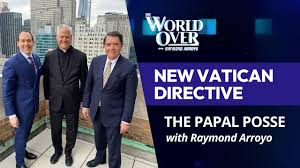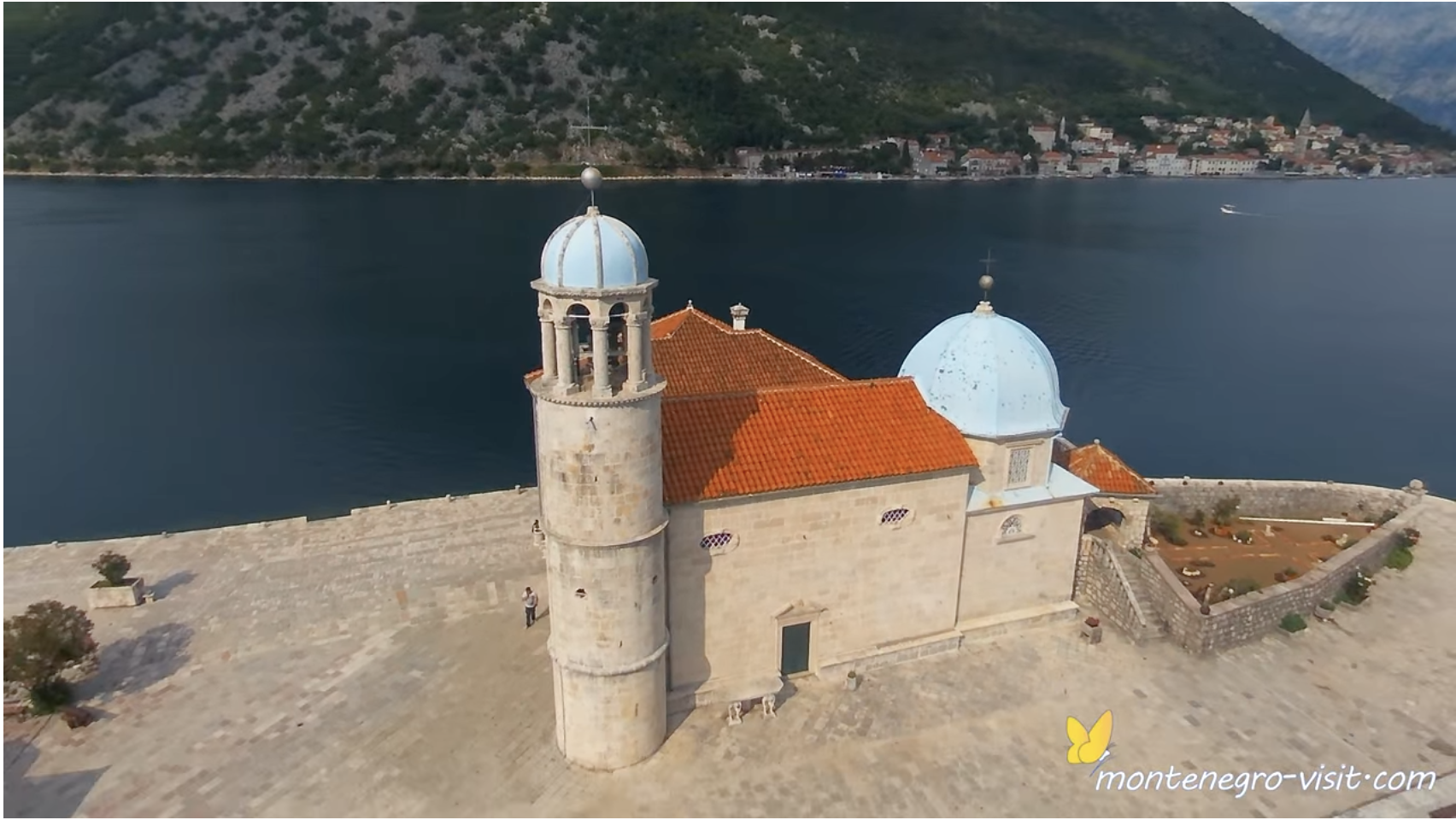The most convincing biographical evidence for Shakespeare’s Catholicism is one of his final acts in London before retiring home to Stratford: his purchase of the Blackfriars Gatehouse in 1613. The history of this property reveals that it was, as Mutschmann and Wentersdorf described it [Shakespeare and Catholicism, 1952], “a notorious center of Catholic activities.” As its name indicates, the Dominican Order owned it until the dissolution of the monasteries under Henry VIII. It was inherited by Mary Blackwell, a relative of St. Edmund Campion. Other tenants included Mary Bannister, the sister of St. Robert Southwell, and Katherine Carus, the widow of a defiantly recusant judge. According to a contemporary report sent to Lord Burghley, Carus died there “in all her pride and popery.”
In 1585, around the time that Shakespeare first arrived in London, Mary Blackwell was accused of recusancy. The following year, a government informer reported his suspicions that the house had become a center for secret Catholic activity: “It has sundry backdoors and bye-ways, and many secret vaults and corners. It has been in time past suspected, and searched for papists, but no good done for want of knowledge of the backdoors and bye-ways of the dark corners.”
In 1598, acting on another report that the gatehouse was a hive of recusant activity, the authorities raided the house. Jesuit Father Oswald Tesimond (alias Greenway) stated in his autobiography that he paid a surreptitious visit to the gatehouse on the day after the raid, being informed that priests had remained undiscovered in the house during the search.
In 1605, during the Gunpowder Plot to blow up the House of Lords, Jesuit Father John Gerard asked if he could use the gatehouse as a “safe-house” for the plotters to meet in secret. After the plan was discovered, Father Gerard, now the most wanted man in England, appeared in desperation at the gatehouse, disguised with a false beard and hair and stating that he did not know where else to hide. Unlike many of his Jesuit confrères, Father Gerard escaped his pursuers and slipped out of the country in disguise.
Shakespeare leased the Blackfriars Gatehouse to John Robinson, son of a Catholic gentleman of the same name. It was reported in 1599 that John Robinson senior sheltered a priest, Father Richard Dudley. By 1613, the other Robinson son, Edward, entered the English College at Rome to become a priest. It is clear that Shakespeare knew that he was leasing the gatehouse to a recusant Catholic. As Ian Wilson surmised in Shakespeare: The Evidence, Robinson was “not so much Shakespeare’s tenant in the gatehouse, as his appointed guardian of one of London’s best places of refuge for Catholic priests.” Furthermore, John Robinson was not merely a tenant but also a valued friend. He visited Shakespeare in Stratford during the poet’s retirement and was seemingly the only one of the Bard’s London friends present during his final illness, signing his will as a witness.
Shakespeare died on St. George’s Day, April 23, 1616, leaving the bulk of his wealth to his daughter Susanna. Other beneficiaries included several friends who, like Susanna, were known to be recusant Catholics. These legacies support the Anglican clergyman Richard Davies’ lament, in the late 1600s, that Shakespeare “dyed a papist.” It is equally clear that he lived as a papist, providing Catholics even greater reason to commemorate his life and work. — from The Catholicism of William Shakespeare














